The recent surge in bicycle travel has been a welcome development in the struggle to alleviate our transport issues and the push for a more just system of moving people in the country. But this interest in bike transport also comes with its share of worry and trepidation, especially when policymakers don’t care to apply the requisite amount of consideration and consultation in the drafting of their proposals.
The problem with bad bike policies is that they accomplish very little, and sometimes even work against the welfare of cyclists. They also share common misconceptions and mistakes. Here are some of our favorite indicators of ill-conceived bike policies:
“Bicycles must stay inside bike lanes”
Bike lanes are great when they are implemented well, but they are also potentially dangerous when done badly. But at the core of this issue is a simple precept: bike lanes are meant to keep cars out, not trap cyclists in.
It is funny that in a country where cars get to park on walkways and drive on bikeways, bike legislation seems obsessed with keeping cyclists corralled in an untenable position. Because anyone who has ridden around Metro Manila will tell you that bike lanes are frequently obstructed by cars, cones, signs, trash, and even the occasional tree or utility pole. The idea that cyclists should weave in and out of bike lanes to avoid obstacles is actually very dangerous as it means coming out of a straight line and into harm’s way from oncoming traffic.
But even if bike lanes were unobstructed, the principle remains the same: bike lanes are not meant to keep cyclists in. A bike lane is intended to give cyclists an option, but a cyclist should be allowed to ride where it is safest.
Bike registration and other forms of overregulation
Meanwhile, bike registration is another idea that might sound great for a few seconds, but then becomes immediately problematic upon further consideration. Simply put, bike registration is almost impossible to do properly, and we don’t have the resources or technology to make it work or worthwhile.
For one, bike frames do not usually come with markings that can’t be removed (there are a few exceptions like Ave Maldea machines with frame numbers etched on their beautiful steel bikes), which makes it impossible to track or verify bike registration. Add to this the complications of: the fluidity of the local marketplace for buying and selling pre-owned bikes, the fact that some people keep multiple bikes that share components across them, the fact that without a national statute there is no way to implement and rules evenly, and a whole host of other issues.
Bike registration policies are very revealing because they are usually proposed by people who look to the motor vehicle paradigm as some sort of model when it simply does not apply to bicycles.
The worst part is that bike registration discourages people from shifting to bikes because of the added layer of bureaucracy. We already hate dealing with the government bureaucracy for vehicle registration, birth certificates, marriage licenses, passport renewals, taxes and so on; bike registration is just too useless, too restrictive, and too burdensome to add to the list.
The government’s goal should be to increase the modal share of bicycles instead of compensating for its ineptitude by finding ways to regulate something that doesn’t need it.
There are also the many other forms of overregulation that policymakers like to add to their proposals. Some of the stranger ideas include rules that require cyclists to keep ‘both hands on the handlebar at all times,’ or requiring all cyclists to wear helmets.
(On helmets: not everyone can afford them, we don’t have proper standards for cycling helmets, not every bike trip requires one, and requiring helmets passes the burden of safety to the cyclist instead of doing what is needed: making our streets safer by making motorists act more responsibly. But wear a bike helmet if you can; we highly recommend it.)
Car-centric approaches to bike policy
For the most part, the worst bike policies are those that are meant to preserve the car-centric status quo. There are many variations of this and each kind is unproductive, dangerous, or both.
The first is the idea that bike infrastructure should be added onto existing systems without taking anything away from the space already allocated to cars. This is where elevated bike lanes come into the picture. To be fair, it is possible to implement elevated bikeways that improve cycling conditions.
But a key requisite to any elevated bikeway is that it must be an added option and not an excuse to remove bikes from roads. The right to ride bikes at grade must be protected, and the conditions for people cycling at ground level must be improved first before we even consider elevated bikeways.
Unfortunately, elevated bikeways are usually the fanciful imaginings of policymakers who do not understand how it is to travel by bike. They do not consider actual routes, and care little for making bike commute routes viable for people.
Many of our government agencies would rather bikes ride on narrow sidewalks rather than touch a lane that is dedicated to cars.
The second is passing the burden of safety to cyclists. Recently, the MMDA has been repeating a problematic message that cycling along our thoroughfares is unsafe and should therefore be restricted. In one utterance, the agency went as far as citing the example of trucks and buses being a threat to cyclists.
But when motor vehicles become a threat to cyclists, motor vehicles should be regulated instead of the other way around. The benefits of bike transport are often cited in bike policies, but it remains very low in the hierarchy of road use regulation when it should be on top.
There are still other functions of car-centrism that make bike policies bad: treating bicycles as a novelty vehicle, bad routing because government agencies take for granted that going an extra kilometer is nothing for a motorized vehicle but is a lot of effort on a loaded bike, and many others.
—
These elements of bad bike policies are still in many of the proposals being put forth by various government bodies. And their effect, if adopted, can be very catastrophic for our efforts to make bike transport conditions better.
Bike policies should not be burdensome, cumbersome, and car-centric. Instead, such policies should encourage cycling by giving it the treatment it deserves. Instead, any policy on cycling should make it safer by regulating the dangerous elements on the road rather than passing the burden and the blame to cyclists.
We have never needed bike transport as much as we do now. But we also need boldness and courage from policymakers who are prepared to do what is necessary and move us out of our car-dependence.

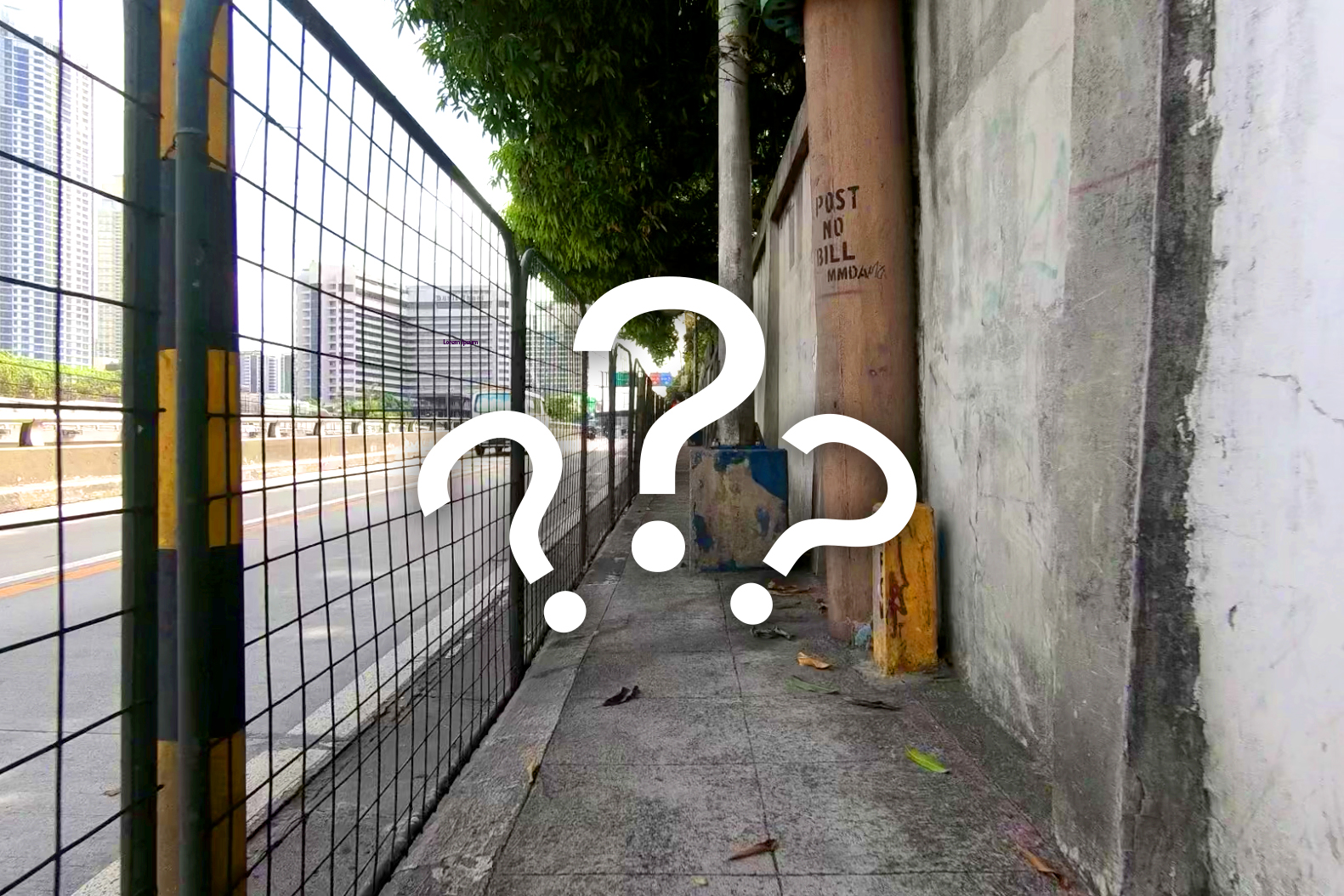
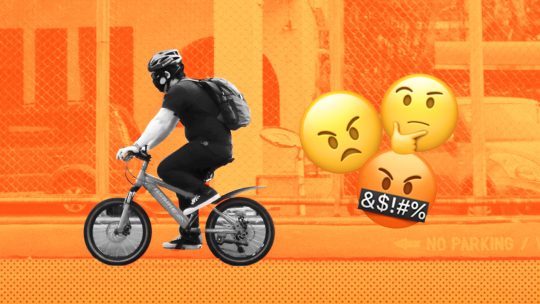
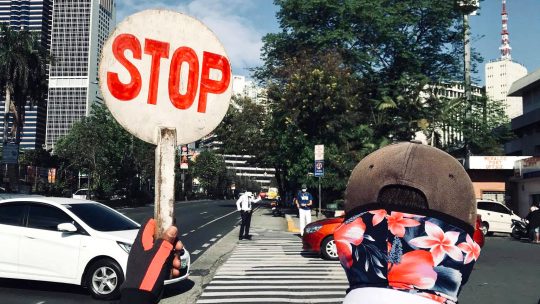
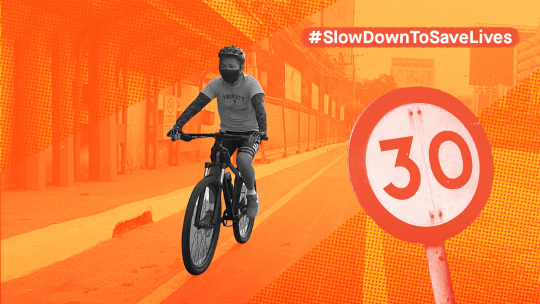
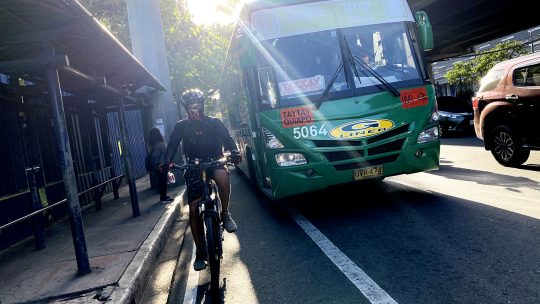
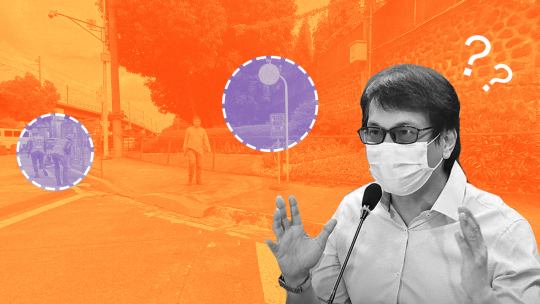
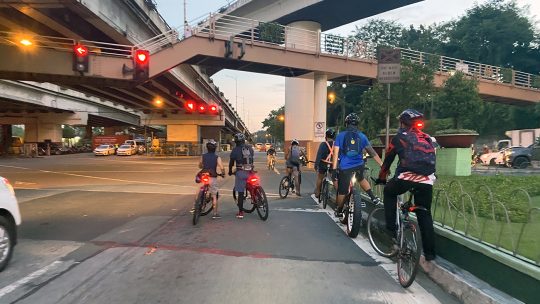
Leave a Comment